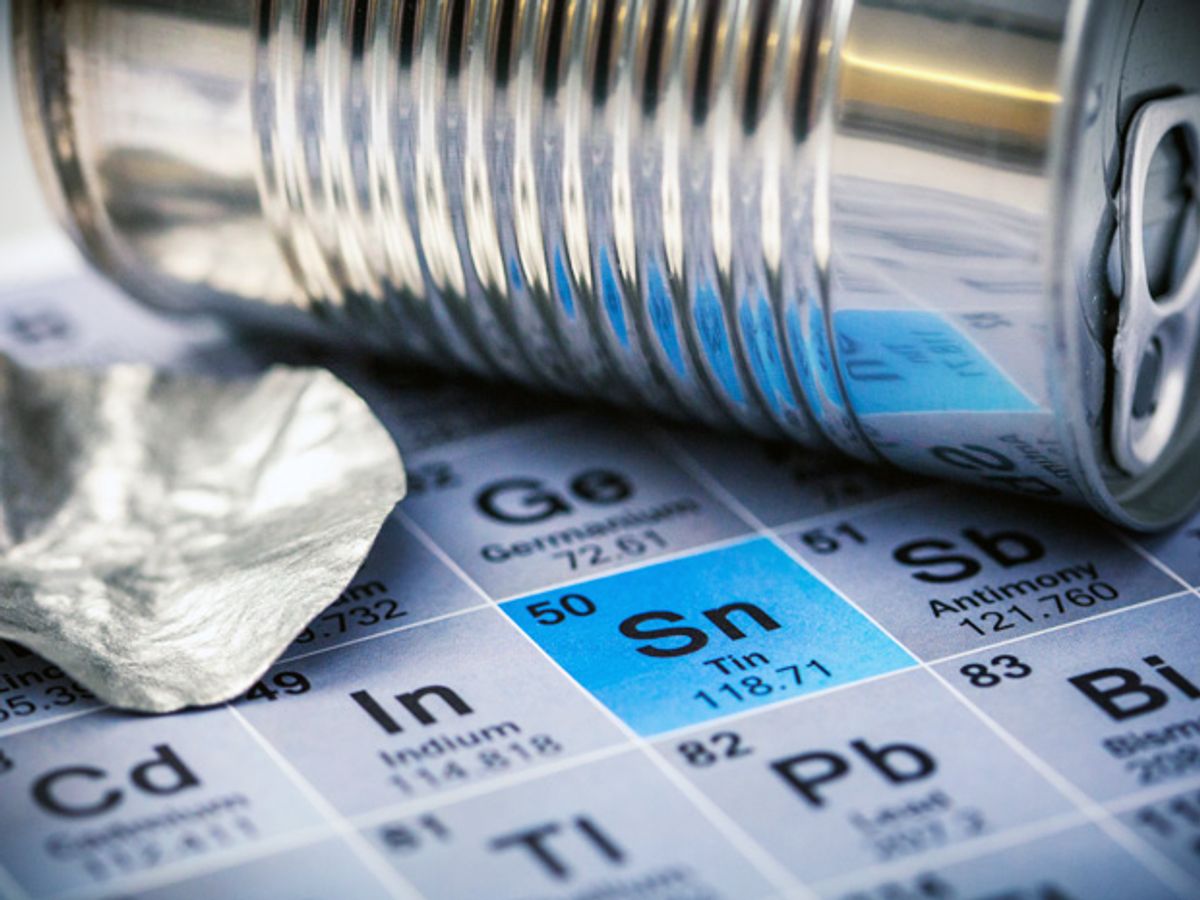For the better part of a decade, researchers have been theorizing and calculating about a mysterious new class of materials called topological insulators. In computer models, scientists have been able to reveal that these topological insulators possess the odd property of insulating on the inside and conducting on the outside. It was even demonstrated last year that topological insulators could be produced from heavy metals like uranium and plutonium that could work at room temperature.
Now researchers at U.S. Department of Energy’s (DOE) SLAC National Accelerator Laboratory and Stanford University have simulated what would happen if you whittled a topological insulator down to a single atomic layer—a two-dimensional material like graphene. The result is that the edges of the material become conductors and rest behaves as an insulator.
The researchers have dubbed their new material “Stanene”, which is the combining of the Latin word for tin (stannum) with the suffix used in graphene. They believe that it could be a “wonder material” every bit as fascinating as its carbon cousin, graphene. Initial calculations indicate that it could be the world’s first material to conduct electricity with 100 percent efficiency at the temperatures that computer chips operate.
"Stanene could increase the speed and lower the power needs of future generations of computer chips, if our prediction is confirmed by experiments that are underway in several laboratories around the world," said the team leader, Shoucheng Zhang, a physics professor at Stanford, in a press release.
The research, which was published in the journal Physical Review Letters (“Large-Gap Quantum Spin Hall Insulators in Tin Films”), is really a culmination of a decade of work.
While research last year indicated that the actinide series of elements (heavy metals) could produce topological insulators capable of operating at room temperature, Zhang postulated with Yong Xu, who is now at Tsinghua University in Beijing, that a single layer of tin could become a topological insulator.
“We knew we should be looking at elements in the lower-right portion of the periodic table,” Xu said in a press release. “All previous topological insulators have involved the heavy and electron-rich elements located there.”
Now that a new material has been modeled, the first question that every new wonder material seems destined to face is: Can it replace silicon? After a decade of being an actual material on which physical experiments have been conducted, graphene appears no closer to answering that question. So it may be getting a bit ahead of the game to start trying to predict stanene’s fate as a replacement for silicon, but the researchers have given it a try.
“Eventually, we can imagine stanene being used for many more circuit structures, including replacing silicon in the hearts of transistors,” Zhang said, in the press release. “Someday we might even call this area Tin Valley rather than Silicon Valley.”
While we wait for that eventuality, the initial applications would appear to be in the wiring that connects the components of a microprocessor. That would make sense, but it is also an early application—at least in electronics—for which graphene has been suggested. Graphene has a definite advantage at this point—it actually exists outside of a computer simulation.
Photo: Brad Plummer/SLAC
Dexter Johnson is a contributing editor at IEEE Spectrum, with a focus on nanotechnology.



